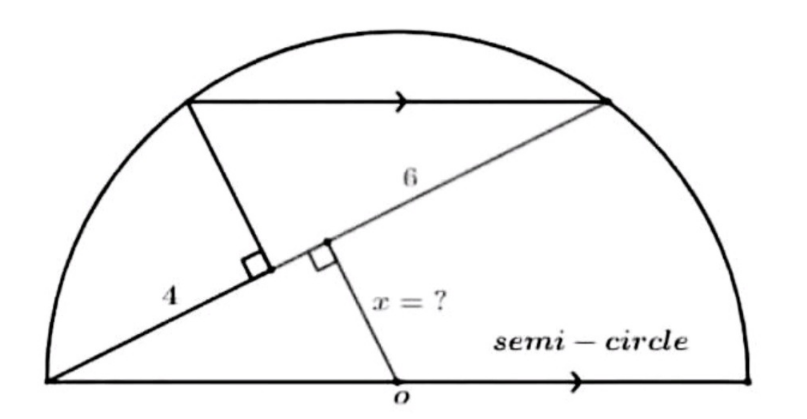
AllQuestion and Answers: Page 319
Question Number 189625 Answers: 2 Comments: 1

Question Number 189624 Answers: 1 Comments: 0

Question Number 189616 Answers: 1 Comments: 0

Question Number 189615 Answers: 1 Comments: 0

Question Number 189614 Answers: 1 Comments: 0

Question Number 189613 Answers: 1 Comments: 0
Question Number 189610 Answers: 1 Comments: 0
Question Number 189608 Answers: 2 Comments: 1

Question Number 189605 Answers: 0 Comments: 4

Question Number 189603 Answers: 2 Comments: 0

Question Number 189601 Answers: 0 Comments: 0

Question Number 189593 Answers: 0 Comments: 0

Question Number 189592 Answers: 0 Comments: 0

Question Number 189598 Answers: 0 Comments: 0

Question Number 189576 Answers: 1 Comments: 0
Question Number 189567 Answers: 2 Comments: 1

Question Number 189564 Answers: 1 Comments: 0

Question Number 189563 Answers: 2 Comments: 0

Question Number 189559 Answers: 1 Comments: 0
Question Number 189558 Answers: 2 Comments: 0

Question Number 189557 Answers: 2 Comments: 0

Question Number 189555 Answers: 0 Comments: 0

Question Number 189554 Answers: 0 Comments: 0

Question Number 189551 Answers: 0 Comments: 1

Question Number 189549 Answers: 1 Comments: 0
Question Number 189539 Answers: 2 Comments: 5

Pg 314 Pg 315 Pg 316 Pg 317 Pg 318 Pg 319 Pg 320 Pg 321 Pg 322 Pg 323
